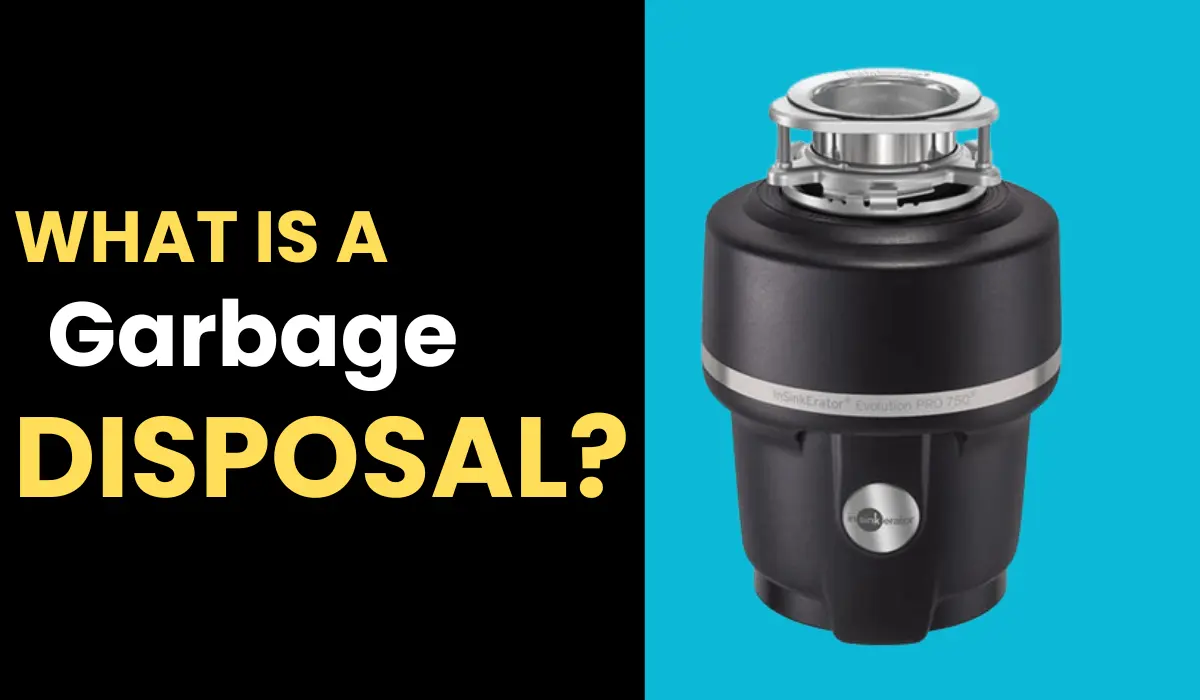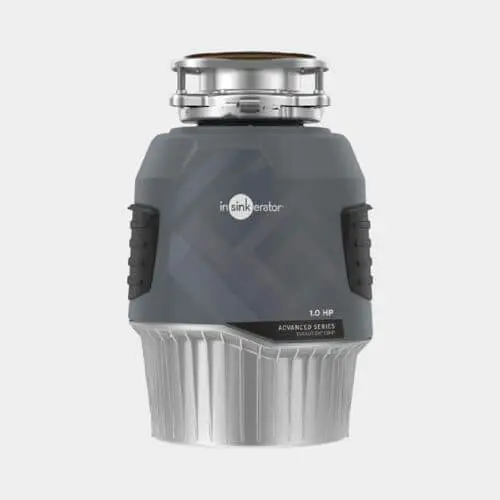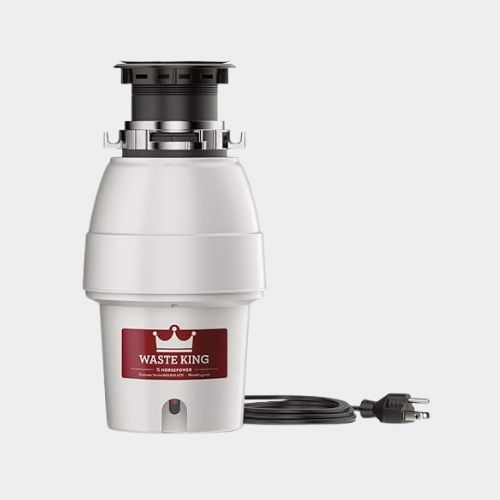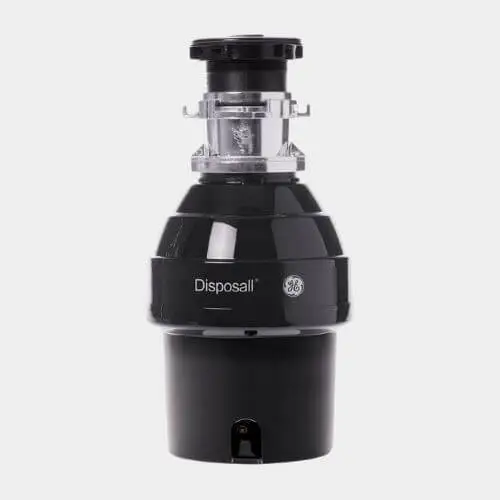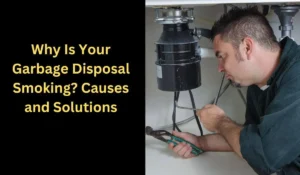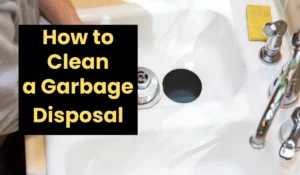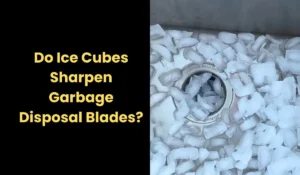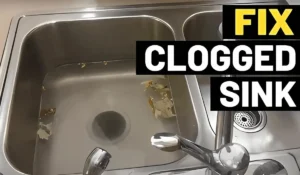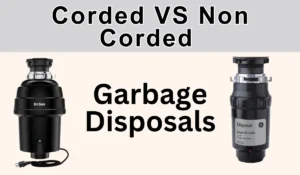What is a Garbage Disposal? The Ultimate Guide
Hey there! Ever looked under your kitchen sink and wondered about that gadget that’s always ready to eat up your leftovers? That’s your garbage disposal, and let me tell you, it’s pretty awesome. It’s not just about getting rid of food scraps without a mess. Flip a switch, and it chops everything up so small that your pipes can easily take it away.
But there’s more to it than just convenience. Using a garbage disposal means less trash is heading to the dump. It helps prevent those annoying sink clogs and reduces the smelly gases that rotting food in your trash bin can create. That’s a win for the environment!
No matter if you’re a kitchen pro or just doing the basics, having a garbage disposal makes clean-up super easy and keeps your kitchen eco-friendly. In this guide, I’m going to break down how these devices work, what to keep in mind when choosing one, and how to keep it running like a champ. Stick with me, and I’ll make sure you have all the info you need to pick the best one for your kitchen and help the planet too. Let’s dive right in!
The Basics of Garbage Disposals

First things first, let’s start with the basics. A garbage disposal, also known as a garburator, is a fantastic kitchen appliance designed to shred and dispose of food waste. It’s like a magician for your kitchen sink! But how does it work its magic?
If you’re wondering whether a garbage disposal is suitable for your kitchen, you should first consider your specific needs and kitchen setup.
How Garbage Disposal Works
So, how does this kitchen superhero actually work? Inside that garbage disposal unit under your sink, there’s a motor and a grinding chamber. When you turn it on, the motor kicks into gear and spins a plate or “flywheel” at high speeds. Attached to this flywheel are small, but mighty, grinding teeth or impellers.
The magic happens in the grinding chamber, where all the action takes place. The food scraps are forced against a grind ring, and it’s this ring that really breaks everything down. There’s no sharp blades involved, contrary to what some might think. It’s all about the force and motion.
Once everything is ground up finely, water from your sink flushes the particles down the drain and into the sewage system or your septic system. It’s an efficient process that not only helps you clean up faster but also takes care of the environment by reducing waste. Isn’t that neat?
The History and Evolution of Garbage Disposal
Back in ancient times, handling food waste was pretty basic. People would just throw their leftovers outside, which wasn’t great for cleanliness or health. Sometimes, these scraps were given to animals or used as compost, but these methods weren’t perfect and had their own set of challenges.
The Invention of the Garbage Disposal
The game changed in the late 1920s when John W. Hammes, an architect from Wisconsin, came up with the first practical garbage disposal. He called it the “In-Sink-Erator.” It was a simple idea: a grinder under the kitchen sink that chopped up food waste into tiny bits that could be washed away easily.
Popularity and Advancements
Hammes’ invention started catching on, and by the 1950s, garbage disposals were becoming a common fixture in American homes. They offered a cleaner, more convenient way to handle kitchen waste. Over the years, Hammes’ company, InSinkErator, continued to tweak and improve the designs.
Modern Garbage Disposals
These days, garbage disposals are more efficient and environmentally friendly than ever. They come in various sizes and strengths to match different kitchen needs. Some are even designed to be compatible with septic systems, making them even better for the environment.
Types of Garbage Disposals
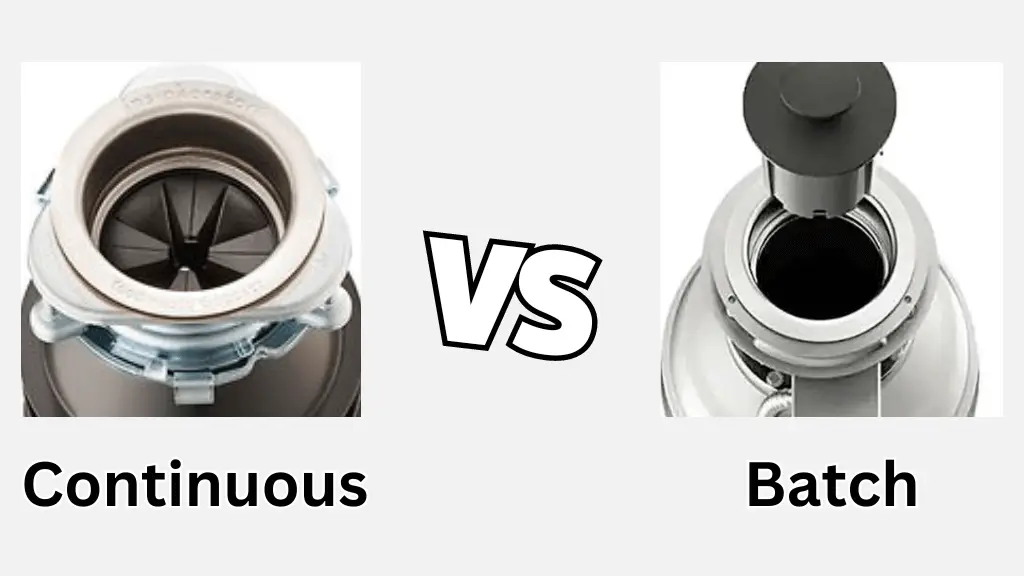
When it comes to garbage disposals, one size doesn’t fit all. There are 2 main types of garbage disposals available on the market, each with its unique features and advantages. Let’s explore these 2 types to help you determine which one might be the best fit for your kitchen.
1. Continuous Feed Disposals
Continuous feed disposals are the most common type you’ll find in kitchens. They’re pretty straightforward and convenient, which is why so many people like them. The key characteristic of continuous feed disposals is that they can run continuously as long as they’re turned on. This means you can keep feeding food scraps into the disposal while it’s in operation.
Examples:
InSinkErator EVOLUTION Advanced Series 1 HP
With a durable 1 HP motor and stainless steel components, the InSinkErator Evolution 1 HP Garbage Disposal grinds tough food scraps and prevents clogging. It includes EZ Connect technology for easy installation and the Quietest SoundSeal technology for noise reduction.
Waste King L-2600 Legend Series 1/2 HP
The Waste King L-2600 Garbage Disposal has a ½ HP motor with 2600 RPM for fewer jams. It features an easy-to-install EZ Mount system, a pre-installed 36-inch power cord, and a removable splashguard for quick cleaning. This compact disposal offers a 5-year limited in-home warranty.
Pros and cons of Continuous Feed Disposals
Pros
Cons
2. Batch Feed Disposals
If safety is your main concern, consider a batch feed disposal. They only work when the cover is securely in place, so there’s no risk of something accidentally getting ground up. They’re also quieter than continuous feed models, which is a nice bonus.
Examples:
Waste King L-5000TC, 3/4 HP
The Waste King L-5000TC Garbage Disposal features a ¾ HP, 2700 RPM motor that’s sound-insulated and reduces jams. It has an easy-to-install EZ Mount system, batch feed operation activated by a drain stopper, and comes with a pre-installed power cord for simple setup.
GE Batch Feed Garbage Disposal, 3/4 HP
The GE GFB760N Garbage Disposal has a powerful ¾ HP motor that spins at over 2,700 RPM, grinding tough food scraps quickly and preventing clogs. It features easy DIY installation with a 3-bolt adapter kit, a large 34-ounce grind chamber, and Drain Boost technology to reduce jams.
Pros and cons of Batch Feed Disposals
Pros
Cons
To make an informed decision about the type of garbage disposal that suits your kitchen best, it’s essential to understand the differences between corded and non-corded models.
Selecting a Garbage Disposal
Choosing the right garbage disposal for your kitchen is more than just picking the first model you see. There are a few key factors you’ll want to consider to ensure you get the best fit for your needs and lifestyle. Let’s break down what to look out for:
1. Motor Size
Motor power is crucial when choosing a garbage disposal. They vary from 1/3 horsepower to 1 horsepower. For lighter kitchen use, a model like the InSinkErator Badger 1 with 1/3 horsepower might be just enough. But, if your kitchen is busier or you need to grind tougher stuff like fibrous veggies or small bones, you might need a stronger unit, like the Waste King L-8000 which offers 1 horsepower.
2. Grinding Chamber Material
The durability of your garbage disposal largely depends on what it’s made of inside. Stainless steel, which you’ll find in models like the Moen GX50C, is usually the most durable and rust-resistant choice, promising a longer life and reliable performance.
3. Noise Level
If noise is a concern, especially in open living spaces, you’ll want a quieter model. Disposals like the KitchenAid KCDB250G are equipped with SoundSeal technology to keep operation noise to a minimum, perfect for keeping the peace at home.
4. Size and Compatibility
Make sure the disposal fits! Not all models will fit under your sink or work with your existing plumbing. Something like the InSinkErator Evolution Compact is designed for smaller spaces and might be just what you need if space is tight.
5. Price
Finally, balance the features you need with your budget. Garbage disposals can range from under $100 to several hundred dollars. The Waste King L-2600 offers a great mix of quality and affordability, making it a popular choice among those who want effectiveness without a hefty price tag.
The Benefits of Having a Garbage Disposal
Garbage disposals are handy devices that make your kitchen more efficient and can even help out the environment. Here’s how having one in your kitchen can make a difference:
- Easy Cleanup: No more scraping plates into the trash. Just rinse off your dishes right over the sink.
- Less Trash: It cuts down on how much food waste ends up in your trash can, which means fewer smells and less mess.
- Fewer Clogs: Since it grinds food into small particles, it helps keep your sink and pipes clear.
- Saves Time: You’ll spend less time dealing with leftovers and more time enjoying your meal.
- No More Odors: It helps keep your kitchen smelling fresh by minimizing food odors.
- Septic Tank Friendly: Some disposals are designed to be safe for septic systems, helping them run better for longer.
- Eco-Friendly: By reducing the amount of waste going to landfills, it’s better for the environment.
- Composting Made Easy: If you compost, it can grind up compostable scraps, making the process easier.
- Boosts Home Value: Having a disposal can increase your home’s value and appeal to potential buyers.
- Convenience: Overall, it’s a great tool that makes kitchen chores simpler and quicker.
Conclusion
So, wrapping things up—getting a garbage disposal is a pretty neat idea. It’s super handy, kind to the environment, and can save you a bit of cash on those annoying plumbing jobs. Whether you’re big into cooking or just want to speed up cleaning after meals, adding a garbage disposal can be a game changer for your kitchen.
Been wondering what a garbage disposal really is? It’s simple—it’s a gadget that makes cleaning up less of a chore and keeps your kitchen spick and span. Thinking about installing one? I’d say go for it! You’ll quickly see all the cool benefits it brings to your home.
FAQ’s
The Author

I’m Muhammad Nabeel Dar, an employee in waste management and the owner of Garbage Waste Disposal with more than four years of experience helping people to control waste and garbage disposals are the best tools to control it. Read more

